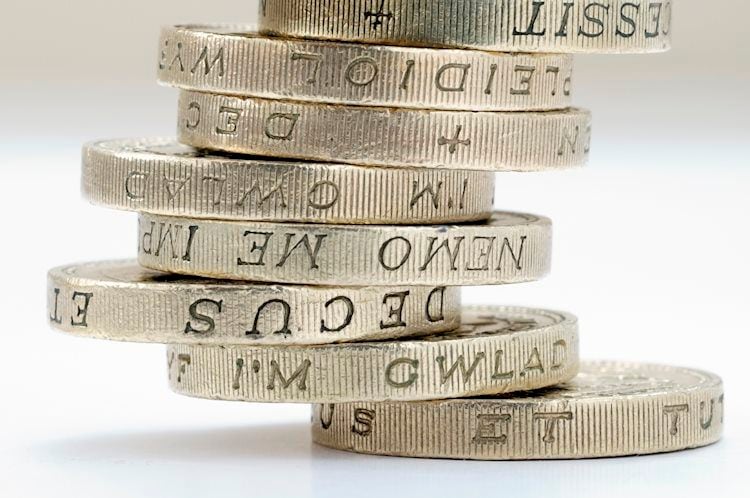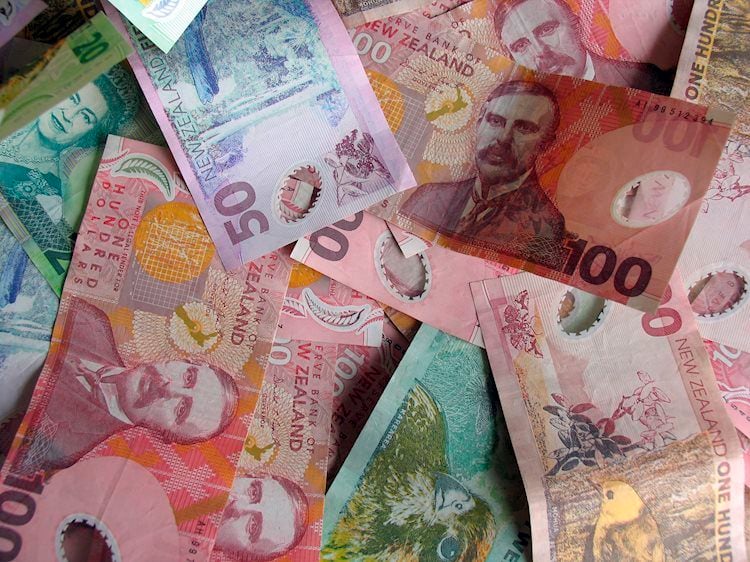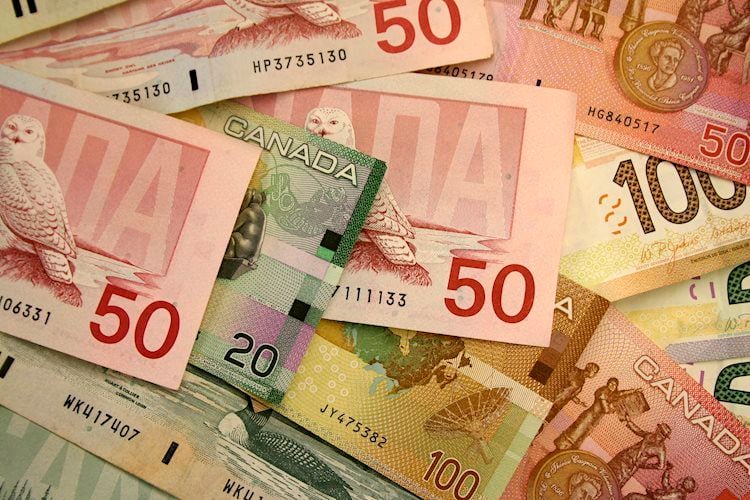GBP/USD is trading near a make-or-break level on the daily chart, having fallen from recent rebound highs.
The central banks are in the spotlight, and they are driving both price and COVID risk.
GBP/USD is under pressure on Tuesday, down 0.33 percent at the time of writing after sliding from a high of 1.3904 to a low of 1.3800, owing primarily to US dollar strength.
Following statistics indicating the greatest US inflation in 13 years, the dollar has soared to a new six-day high versus a basket of currencies in the DXY index.
According to the US Labor Department, the Consumer Price Index rose 0.9 percent last month, the most since June 2008.
On a year-over-year basis, core CPI increased by 4.5 percent, the largest increase since November 1991.
DXY was 0.47 percent higher at 92.6 at the time of writing, although it had already reached its highest level since July 8 at 92.73, narrowly missing the three-month high of 92.844 set last week.
Meanwhile, domestic data from the Bank of England weighed on the pound early in the day, as investors braced for a faster rate of tightening from the Federal Reserve.
After the Bank of England said in a press conference during its Financial Stability Report (FSR) that some asset markets were bloated, sterling fell off two-week highs.
Investors are concerned that an increase in COVID-19 Delta variant instances will have a negative impact on asset values, while the government wants to relax COVID-10 limits next week.
This is expected to keep the pound on edge in the coming weeks as the US dollar prepares for its grand finale, the Federal Open Market Committee meetings in August.
From a daily standpoint, the price is at a fork in the road, and some further price movement is required to disclose a bias.
After a 50 percent mean reversion, the price may easily stabilize and continue to rise.
As a result, the price has broken through the previous structure and is now trading below 50%:
The price has broken its structure, and if it does not hold in the support level by today’s close, the outlook will be bearish./n
Read More




